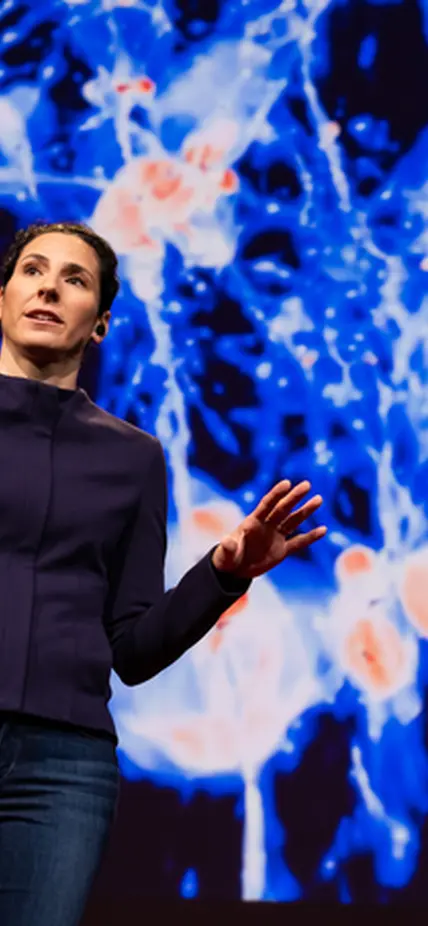
The Observatories received a major grant from The Ahmanson Foundation to create a next-generation experimental workspace for visualizing data -- a “Viz Lab” -- on campus, which will drive astronomical and astrophysical discoveries.
“Thanks to the next generation of astronomical surveys and to advances in the computation and analysis of theoretical models, we are on the verge of a digital tsunami that will soon render our 20th century techniques insufficient,” said project lead Juna Kollmeier, a staff astronomer at The Observatories. “Within the Viz Lab, Carnegie scientists will be able to interrogate both simulated and observed data to answer the most-pressing questions in astrophysics in a new, bleeding-edge, collaborative workspace.”
The Viz Lab grows directly from the computational infrastructure that Kollmeier has been building over the past decade at The Observatories, thanks in large part to The Ahmanson Foundation.
“When I first arrived at Carnegie, there were no machines big enough for me to do my calculations!” she added.
Thanks to the generous support of NASA and The Ahmanson Foundation, Kollmeier built the first three computer clusters at The Observatories, enabling Carnegie staff and postdocs to perform computational calculations and analysis.
In addition to advancing scientific discovery, the Viz Lab will provide opportunities for public outreach and community engagement.
“Every year, more than 1,000 people come through our doors—everyone from students to senior citizens,” Observatories Director John Mulchaey said. “We can’t fly all of those visitors to Chile, but with our Viz Lab, we will be able to provide activities that allow our visitors to travel to our telescopes virtually—yet another way the facility combines our theoretical and observational efforts.”
As fundraising efforts for the project continues, building staff are hard at work clearing out the campus’ eastern garage to house the state-of-the-art lab space. Once fully funded, developing and installing the system would take approximately four months.
In addition to longtime support of The Observatories, The Ahmanson Foundation funds the arts, culture, education, and healthcare in the Los Angeles area.
